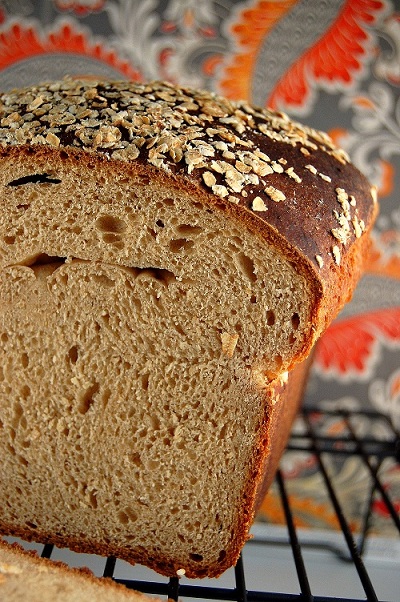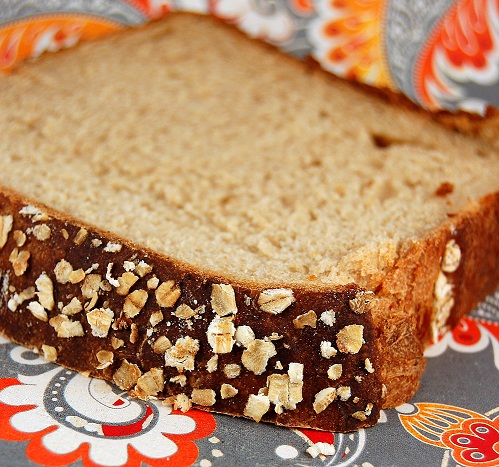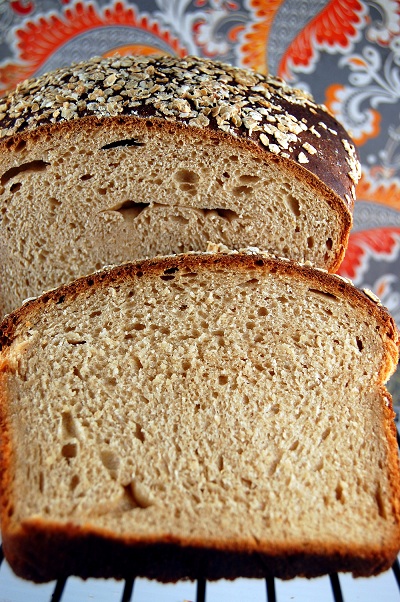
“Dear Peabody,
Your last post about Junior High students was nice. Refreshing to see a teacher who enjoys teaching that age group. However, I must encourage you to keep teaching math or science only, as I can not imagine you teaching the youth of America proper grammar that one needs to succeed in today’s society. Based on the excellent effort you put forth in your blog, I bet you are an excellent teacher as well. I just don’t think you should teach English.
Sincerely,
B”
Okay, okay point taken. That one made me laugh. ![]() While I write on my blog how I talk, I certainly know proper grammar; I choose not to use it. It’s boring and stiff, and well, not me. I have to pass tests in order to get my teaching certificate that says I know the basics. Knowing where to place a semi colon to be honest in my opinion isn’t really a life skill. And you certainly don’t need it to become a successful member of society (I really hope that part of the email was a joke). Spell check and grammar check are your friend. And even better, when you write for a living or a publication, they have these people called editors that come and slash your work up and down to make sure it fits into proper grammar form. Blah. Boring.
While I write on my blog how I talk, I certainly know proper grammar; I choose not to use it. It’s boring and stiff, and well, not me. I have to pass tests in order to get my teaching certificate that says I know the basics. Knowing where to place a semi colon to be honest in my opinion isn’t really a life skill. And you certainly don’t need it to become a successful member of society (I really hope that part of the email was a joke). Spell check and grammar check are your friend. And even better, when you write for a living or a publication, they have these people called editors that come and slash your work up and down to make sure it fits into proper grammar form. Blah. Boring.
Besides, how does that saying go, those who can’t teach. ![]() English teachers don’t send me hate mail on that one. *I must clarify that this portion is a joke. As apparently with the comment that I am a horrible person for writing that, doesn’t seem to catch on to the fact that the smiley face with the tongue sticking out means it was a joke.
English teachers don’t send me hate mail on that one. *I must clarify that this portion is a joke. As apparently with the comment that I am a horrible person for writing that, doesn’t seem to catch on to the fact that the smiley face with the tongue sticking out means it was a joke.
For the record I don’t think a lot of the math we teach is needed either. If you are worried about kids not knowing proper grammar, I worry more about the kids who can’t seem to give me back correct change without a machine telling them how much to give me back. Yikes! I really think they should have seniors in high school take a math class based solely on math that they will need in the real world. Balance a check book. What 18% interest really means. Be able to calculate what 25% off that sweater at Old Navy would be. Or how about just knowing how much 20% is to tip (I have many an adult friend who cannot do this).
Luckily math is everywhere, even in baking and cooking. Maybe that’s why I like it so much. ![]() Bread is certainly one baking item where it is extremely important to measure exactly. I usually weigh things out in fact (hey, more math!). This is a loaf that gets made at my house pretty much every week. It’s my go to sandwich bread. And can even be made in an apartment oven…as you can see. Makes for great French toast on the weekends as well. If you are a long time reader, yes, this has been on here before, but that is way back, so why not introduce it to those who are newer to the blog.
Bread is certainly one baking item where it is extremely important to measure exactly. I usually weigh things out in fact (hey, more math!). This is a loaf that gets made at my house pretty much every week. It’s my go to sandwich bread. And can even be made in an apartment oven…as you can see. Makes for great French toast on the weekends as well. If you are a long time reader, yes, this has been on here before, but that is way back, so why not introduce it to those who are newer to the blog.
Oatmeal Buttermilk Bread
1 ½ cups rolled oats
1 cup boiling water
¼ cup water
2 tsp dried yeast
1 ½ cups buttermilk
½ cup canola oil
½ cup brown sugar
1 cup whole wheat flour
3 ½ cups all-purpose flour
2 tsp salt
1 spray bottle of water
Set aside ¼ cup rolled oats. Place the remaining oats into a medium bowl. Cover with boiling water. Mix with spoon to moisten all oats. Let bowl sit, uncovered, for 10 minutes, stirring frequently.
Place ¼ cup of warm water in the bowl of your stand mixer and sprinkle yeast on top. Mix with a whisk to dissolve yeast. Let rest for 5 minutes. Add soaked oats, buttermilk, canola oil, brown sugar, both flours, and salt. Using the hook attachment, mix on low speed for 1 or 2 minutes to combine ingredients. Increase speed to medium and mix for about 10 minutes. Dough will be wet at first, but will eventually from a ball. Ball will have a satiny finish and will bounce back quickly when poked with finger.
Place dough in an oiled, medium bowl and over with plastic wrap. Proof in a warm room, 70-75F, for about an hour. Dough will almost double in size.
Pull dough from bowl onto a floured surface and flatten it with your hands, releasing excess air bubbles. Form dough into a 12 x 6-inch rectangle and position it so that a long side is facing you. Fold the 2 short ends onto the top so they meet in the middle. Starting with the closest end, roll dough away from you into a log. Let loaf rest on its seam for a few minutes.
Transfer dough to an oiled 9 x 5 x 4-inch loaf pan, seam side down. Using your hands, push down on the dough to make sure it extends to all corners of the pan. Cover with plastic wrap and let proof in a warm room for 35-45 minutes. Loaf will rise to slightly above the top of the pan.
While loaf is proofing, preheat oven to 385F.
Remove plastic wrap and mist top of loaf with spray bottle of water. Sprinkle with remaining oats. Place pan on center rack of oven an bake for approximately 1 hour. Top and sides of finished loaf will be deep golden brown. Let cool in the pan on a wire rack for at least 30 minutes, then run a sharp knife around the sides of the loaf to release from the pan. Invert to remove loaf.
Source: Adapted from Macrina Bakery and Cafe Cookbook by Leslie Mackie with Andrew Cleary, 2003
Tidak ada komentar:
Posting Komentar